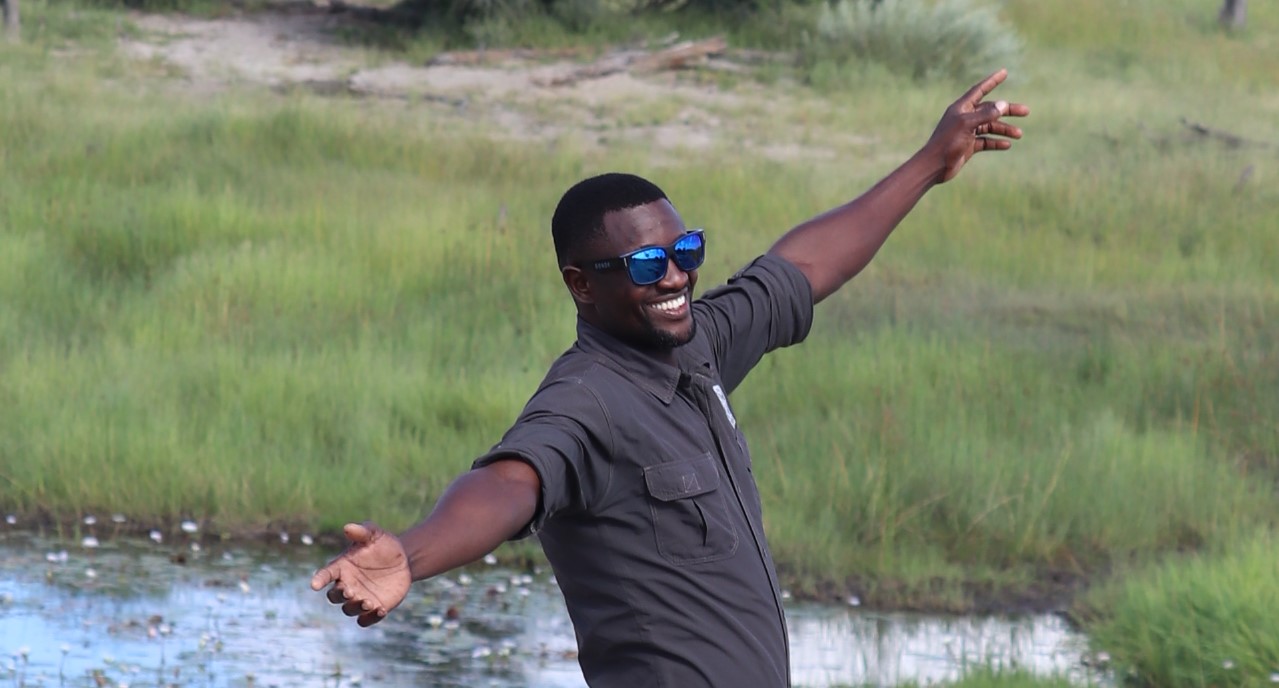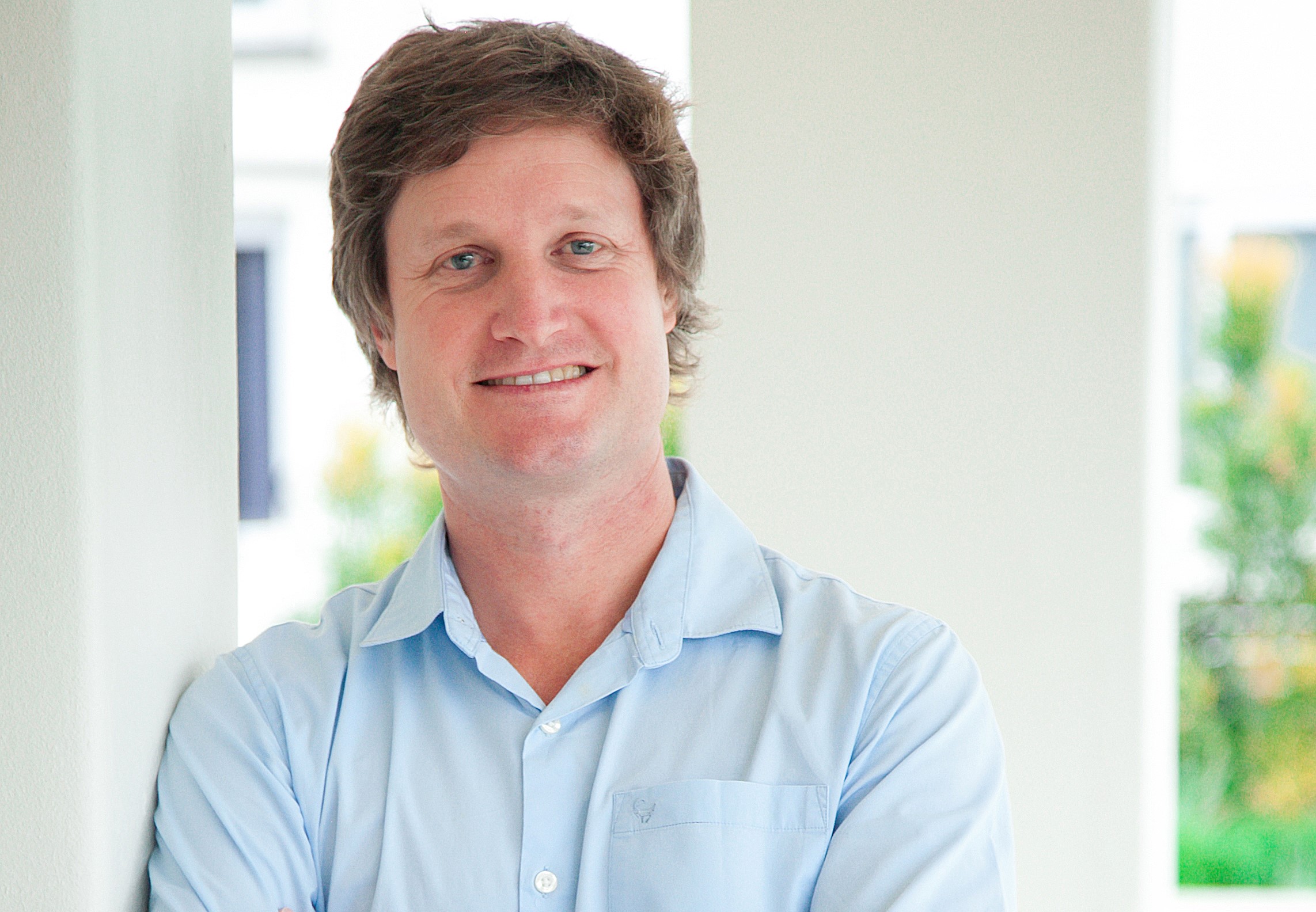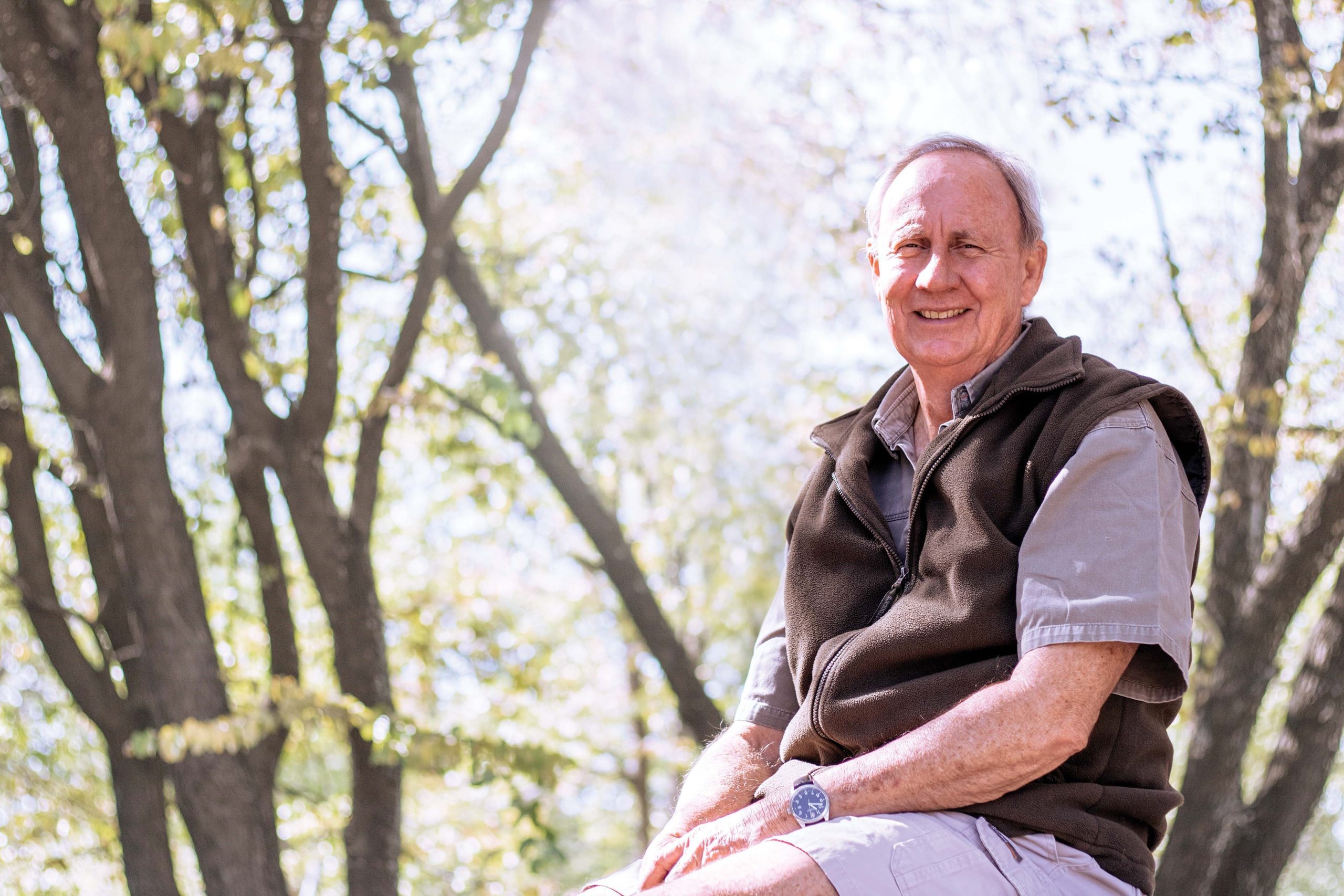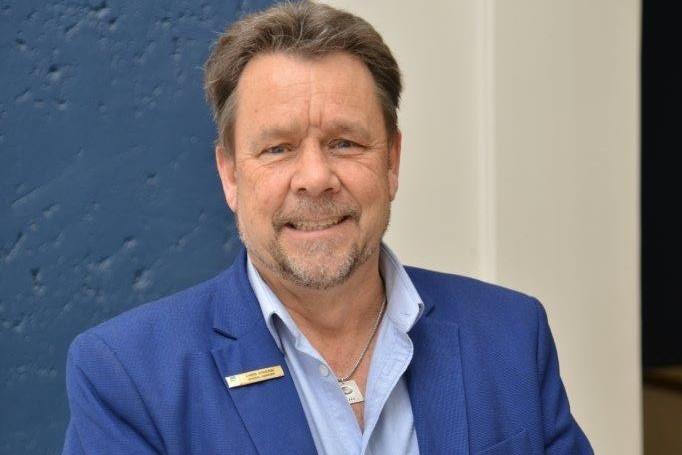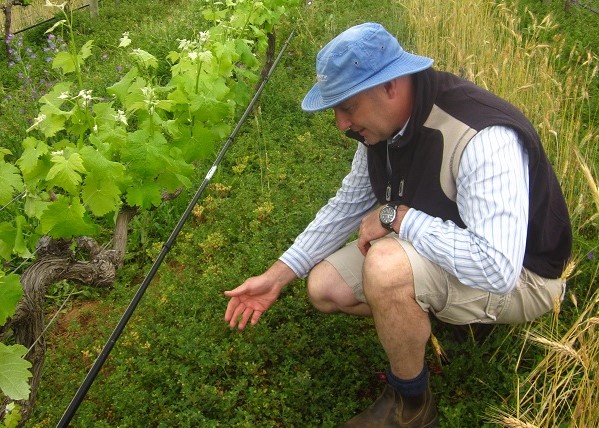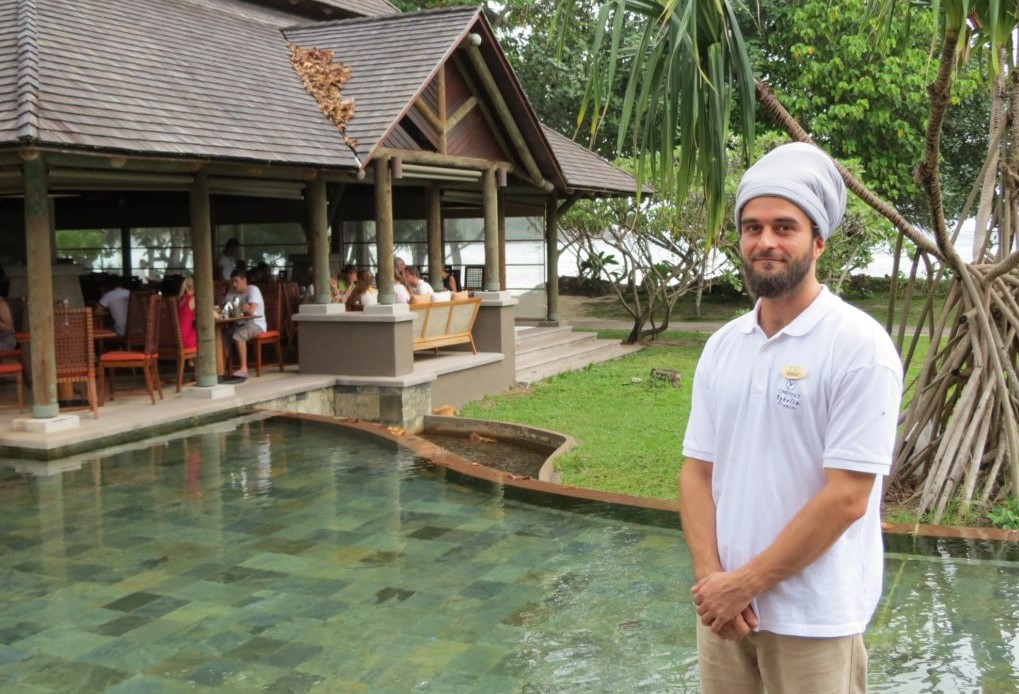In conversation with Bushra Razack: CEO of Philippi Village
The journey behind the success story that defines Philippi Village, and its inspirational tourist setting is a unique and inspiring one.
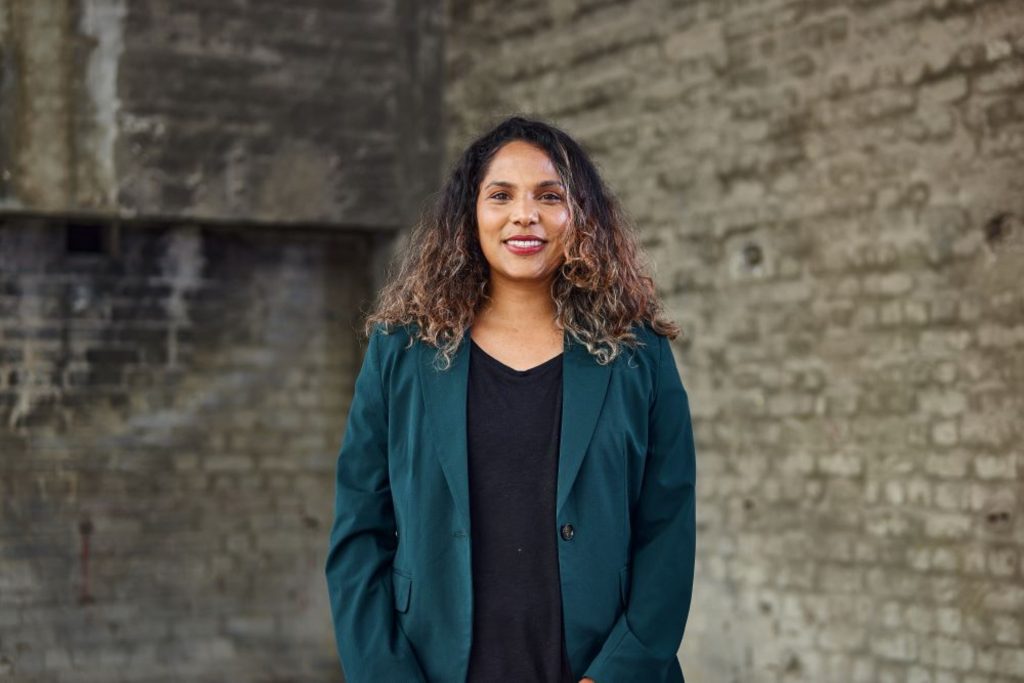
Bushra Razack is known for her community-centered approach to design and development. Bushra and her team are constantly trying to grow Philippi Village by working with the Philippi community to collectively shape what this incredible facility looks like. Her years of global experience in the social impact space have landed her at Philippi Village, in the heart of one of the most under-resourced and under-served communities in South Africa. This is a challenge Bushra and her team have embraced with passion and commitment.
What they have done in 3 years is remarkable. It is a story of transformation.
An old cement factory turned state-of-the-art community centre, and mixed-use development hub. Philippi Village has been host to various visitors from international university groups and social justice activists to the king and queen of Belgium. It has been the location for several films, including the successful Resident Evil and Maze Runner franchises along with the film Nkululeko.
It has communal workspaces, offices, storage spaces, and a stunning outdoor space that’s used for festivals, markets, and theatre productions. The space is vibrant, uplifting, and inspiring. The offerings include sporting facilities, entrepreneurial hubs, an amphitheatre, fully equipped classrooms, a skate park, a micro-farm, a pop-up community cinema, and a sound studio, as well as a running and bike track.
It truly is a powerful space destined for victors to explore and immerse themselves in.
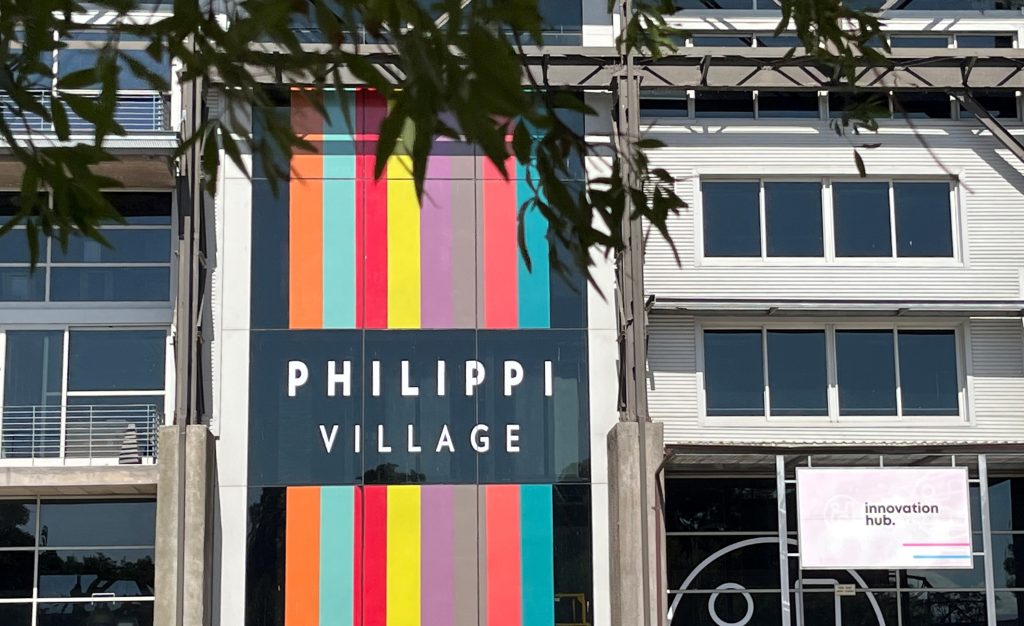
How is Philippi Village evolving to become a tourism destination?
Other townships like Khayelitsha and Soweto have made incredible progress as tourism destinations and have opened up the cities in ways that have allowed for locals and visitors to gain a different perspective. But Philippi hasn’t really been featured on that list. Honestly, up until recently, I had never considered Philippi Village as a potential tourist destination within Philippi.
Our mission has always been to co-create a safe and vibrant space that connects the Philippi community to services, employment, educational opportunities, and activities. Philippi Village aims to strengthen the connections between people, the places they share, and the potential opportunities that exist. Our focus has always been on the local community and trying to use our physical space to build trust and improve the relationship we have with our neighbours.
The more these local relationships improve, the more interest we are experiencing from the broader community – both South African and international – to visit the space and be a part of our work.
This has been an unintended consequence of the community-building work that we have been doing in a uniquely challenging environment. It has put a spotlight on Philippi Village, our activities, and our offerings.
We have been featured in The Inside Guide Hotlist for 2023. We have received a 3-star grading from the Tourism Grading Council of South Africa. We are now a destination space for international universities and volunteer groups. Without planning to, we are starting to appear on the radar of a very interesting mix of travellers.
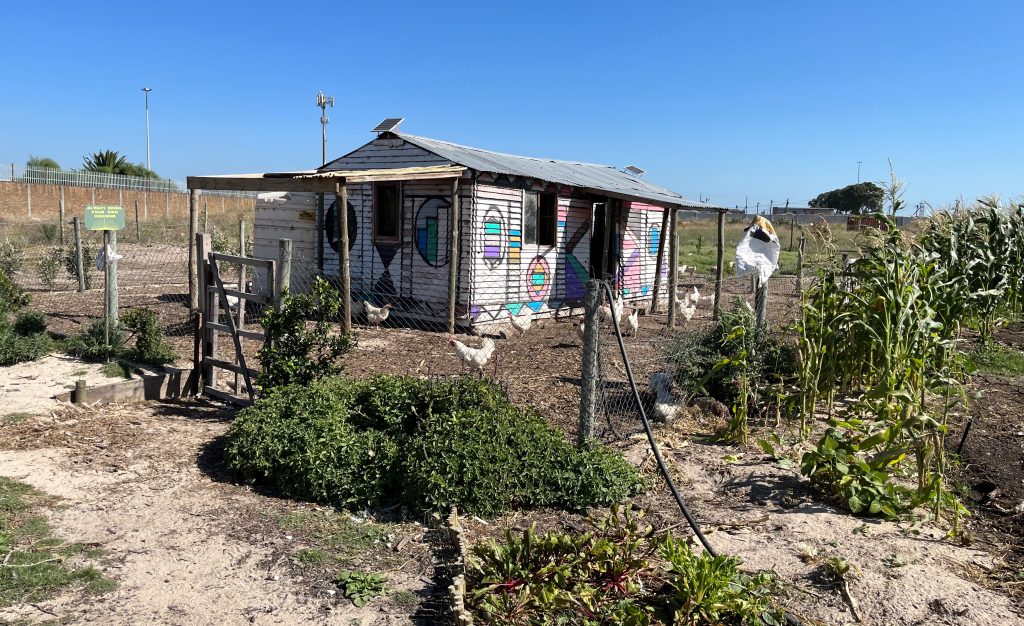
What does that exploration look like?
We are used to guests who are social impact agencies (local and international), activist organisations, and community members who have a basic familiarity with townships and their context.
We are seeing a significant increase in foreign interest from individuals and groups who want to visit our space and see what we do. They say that they want to experience a new environment, participate in local events, and experience local culture first-hand.
As Philippi Village, we then have to explore what this actually means. If we start to shape our offerings to consider this group – do our offerings to the community change? Will we be able to connect international support to local needs and solutions?

How does this experience at Philippi Village reinforce existing ideas about townships? What perceptions do we modify or confirm during the visits?
We have started to speak to our stakeholders to better understand how their perspectives as people living and working in this township contribute to our design of Philippi Village as a possible tourist destination.
They have sparked a conversation about how important it is to design in a way that positions Philippi Village as a tourism offering that stimulates local economic development in a way that continues to put the community at the heart of our activities. Locals are adamant that they should take part in decision-making around activities that might affect them.
Stakeholders also spoke about opportunities to be employed, trained, and empowered and possibly become owners of tourism products and services created as a knock-on effect of more people visiting Philippi Village.
The topic of context comes up repeatedly. All stakeholders realise the history and reality of the townships and how easily tourist-facing offerings can exploit the people living and working in this space.
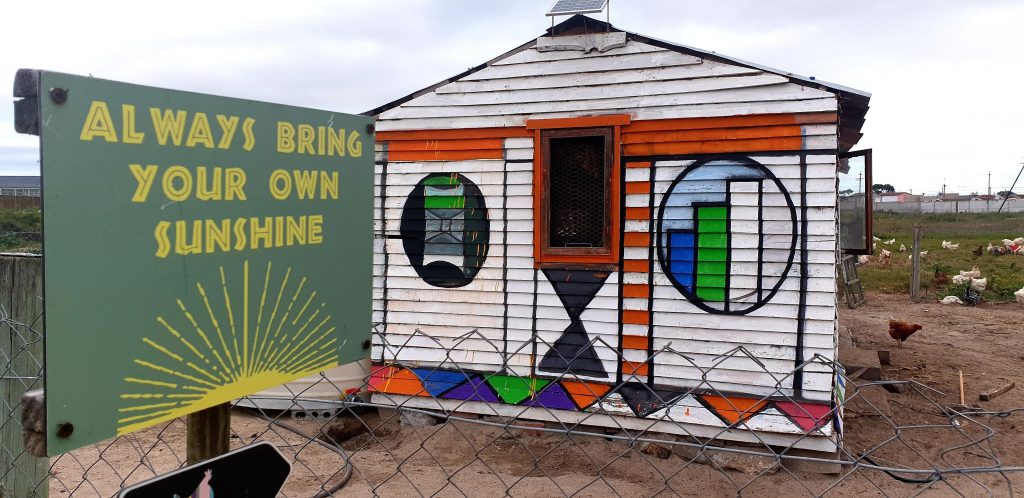
How do you plan to create an offering that considers these factors?
Philippi Village can be the first stage in positioning a compelling Philippi tourism offering. It is a contained environment, easy to find on the map, and features street art, urban agriculture, food, business, and culture.
The Village allows for the sharing of stories of history, the present, and the future, showcasing entrepreneurship alongside social challenges.
We had the first taste of this when we created a tourism product as part of the Food Dialogues 2022 initiative. The half-day Philippi Village Walking Tour shuttled visitors in from the city and provided a community-hosted 2-hour walking tour of Philippi Village that culminated in a light lunch produced by a local caterer containing ingredients straight from the garden. While short, the experience was an excellent starting point for a longer form of exploration.
This modular product can fit into a leisure travelers township itinerary, with the tour operator building in a two-hour element at the Philippi Village, in addition to a Langa visit, for example.
Again, I am not an expert in tourism, and I am relying on the support and partnerships with people who know better than me. I am currently engaging with IH and Associates and Coffeebeans to try and figure out how to do this.
We want to be able to refine and market to the tourism trade a Philippi Village Walking Tour. We want to use the tour as the impetus to map potential tourism opportunities, resources, and stakeholders within Philippi.
We want to connect these to the Philippi Village Tour by offering versions of the tour that incorporate attractions within Philippi. We could create Philippi Tourism Routes along various themes that the tourism trade can use to deliver their own Philippi offerings.
I am under no illusion that the high levels of crime, heavily congested infrastructure, erratic supply of water and electricity, and other issues pose a series of critical challenges for tourism development in Philippi. However, if we don’t start re-imagining what Philippi could look like, we will not become any closer to achieving it.
What could Philippi Village offerings look like?
To see this, you have to come and visit it yourself! The tour is led by a young person from the community. These tour guides are called Space Makers. The tours include a walk around the site to learn more about our history and journey. The tour includes stops to view the incredible graffiti pieces, where you can walk around our space and learn about the different public art pieces, their artists, and the stories behind the pieces.
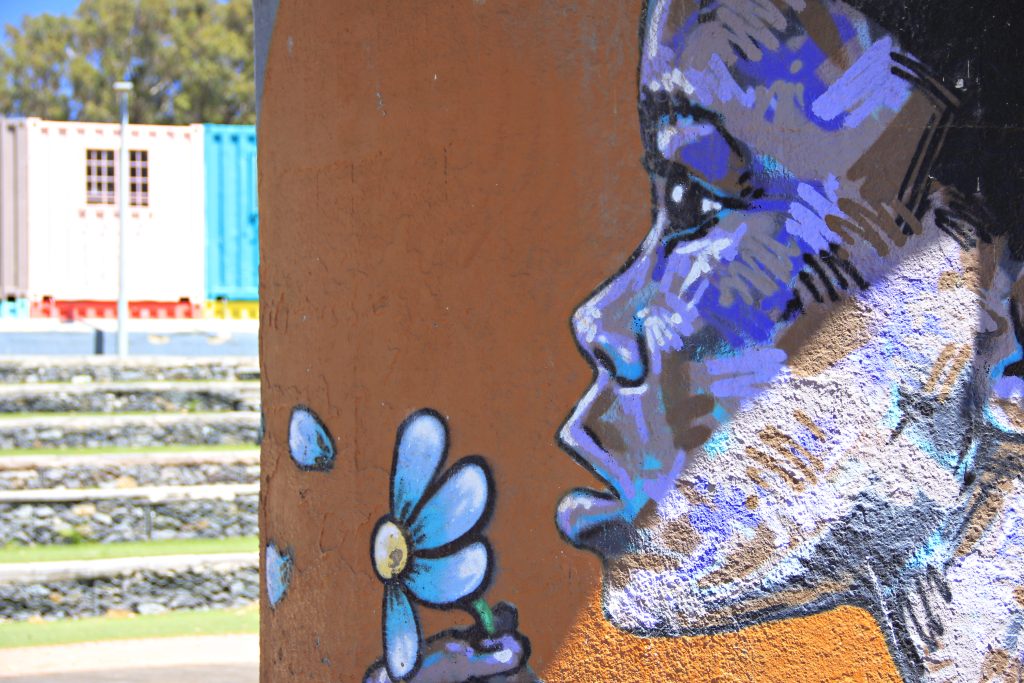
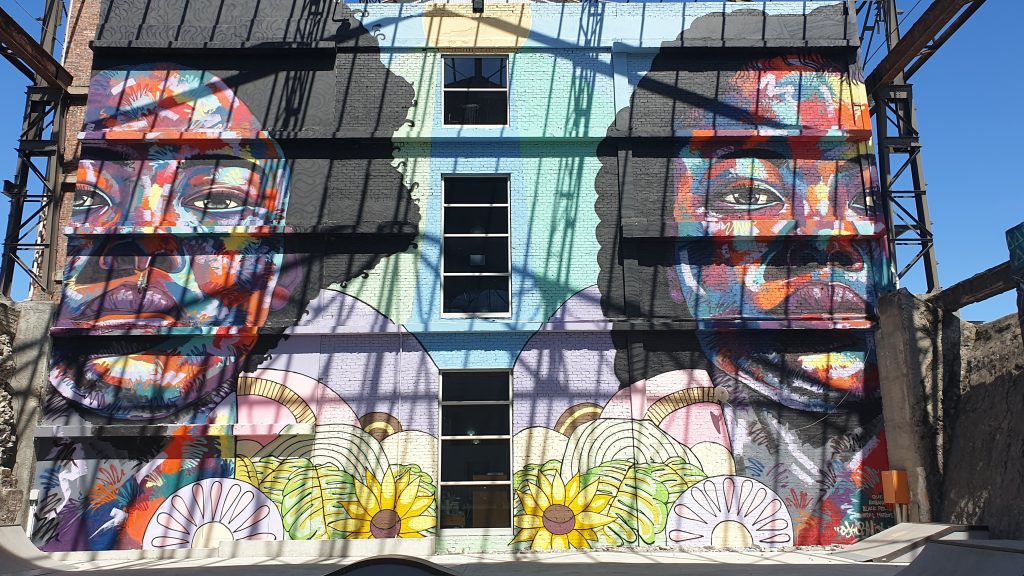
Visitors walk past the film shoot area where movies like Maze Runner were shot. You will visit our learning garden, feed the chickens, plant trees, and learn about local recipes and medicinal plants.
The music lovers will enjoy popping into our sound studio to learn a little bit more about the Philippi Village approach to storytelling. You might get to listen to some beats created by local artists, and maybe try your luck at recording something yourself. Visit on a Friday and you can be a part of the Iinqondi Sessions. These are open mic sessions that bring in approx. 200 youth and performers for freestyle rap battles.
You will walk past three incredible 6m high structures designed by local and established artists. We call this collection “The Thembis”. These massive pieces of art depict 3 women – Mother, Gogo (grandmother), and daughter. They are the guardians of the garden and are a favorite of many people who visit our space. If you are feeling active, you can pop by the BMX pump track or 5 a-side football pitch and participate in some of the activities.
If you are feeling creative, there is the Lalela art school. Lalela is an isiZulu word that means “to listen”. It is an incredible organisation that has used art to teach children to map and manifest their dreams. Stop by, look at their work, and maybe purchase a piece to support them.
Children can join our treasure hunts and experience the space in a totally different way.
A visit isn’t complete without a stop at the Phunga Café. This is a small coffee shop run by female baristas from Philippi. They make the most delicious coffee and snacks. It is the perfect way to end the day.
